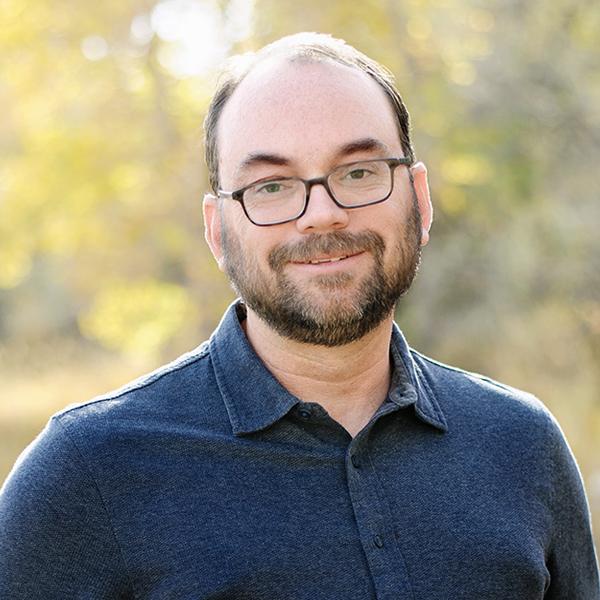Looking Deeper into ColoradoCare and the Hospital Provider Fee
We spent weeks hashing out our recent financial analysis of ColoradoCare, agonizing over more than 50 different variables and assumptions that fed into our work.
I’m not surprised that our analysis of one of those variables — the Hospital Provider Fee — has been among the more contentious parts of our report. The ColoradoCareYES campaign pushed back on our analysis of this point at a news conference Tuesday.
Here’s a deeper explanation of what we did and why we are confident in our conclusions.
First, you probably remember the Hospital Provider Fee got a lot of attention in the legislature this year, when Gov. John Hickenlooper proposed exempting it from the Taxpayer’s Bill of Rights. It was a big deal because it’s a lot of money — $1.5 billion or so.
The legislature created the provider fee in 2009 for a specific purpose: to attract federal matching dollars that could be used to expand Medicaid and boost payments to hospitals for covering the uninsured and serving Medicaid patients, because payments to care for those patients are lower than for patients with other forms of insurance.
Amendment 69 proposes a wholesale transfer of the provider fee money — both state funds and federal matching funds — to ColoradoCare. We don’t think that is likely to happen.
Why? Because the Hospital Provider Fee was established for a specific purpose, and it relies on a specific mechanism to justify federal funding. The purpose is to boost payments to hospitals for covering Medicaid patients and the uninsured. The mechanism hinges on something known as the Medicare Upper Payment Limit (UPL).
Colorado Medicaid pays hospitals less than the UPL, which is set by the federal government. The Hospital Provider Fee revenues allow Colorado to close the gap between its Medicaid payments and the UPL. The feds have gone along with this and provided matching funds.
But if ColoradoCare passes, Medicaid patients would get the same coverage as everyone else. ColoradoCare’s backers have promised to pay providers more than the Medicare rate. So ColoradoCare would pay more than the UPL, and the mechanism that makes the provider fee work — the gap between Medicaid payments and the UPL — would disappear.
One added thought: Even if the federal government did agree to transfer the provider fee to ColoradoCare, the move likely wouldn’t be popular with hospitals. Delicate political negotiations were required to secure hospital support for the provider fee back in 2009. Since then, hospitals have become some of the biggest supporters of the current structure of the fee. Amendment 69 directs the legislature to change the Hospital Provider Fee law, but we don’t expect that hospitals would go gently into the night when a significant part of their funding is redirected to ColoradoCare.
We spend a lot of time thinking about Medicaid at the Colorado Health Institute. We study how it works in Colorado and other states. We stay up to date on the ways states can use waivers in innovative ways. We have a good idea of the types of waivers the federal government would encourage or frown upon.
We can’t predict the future. No one can. But it’s our best judgment that federal funding for Colorado’s Hospital Provider Fee would not be available to ColoradoCare.

